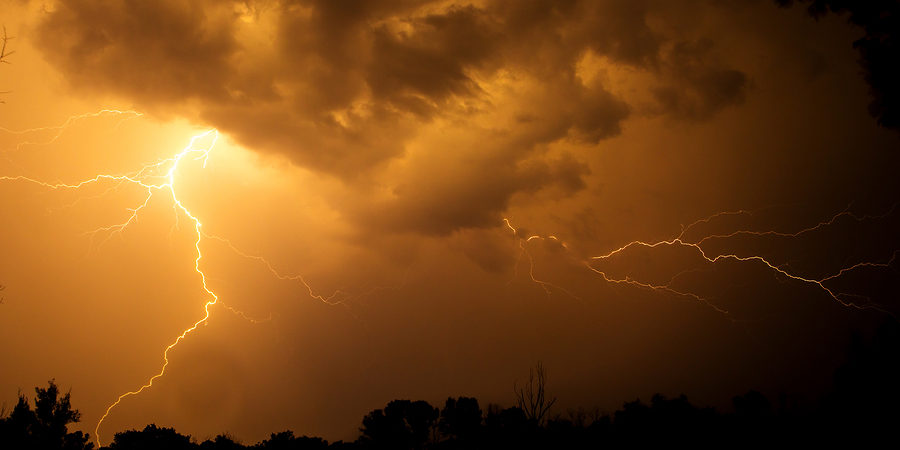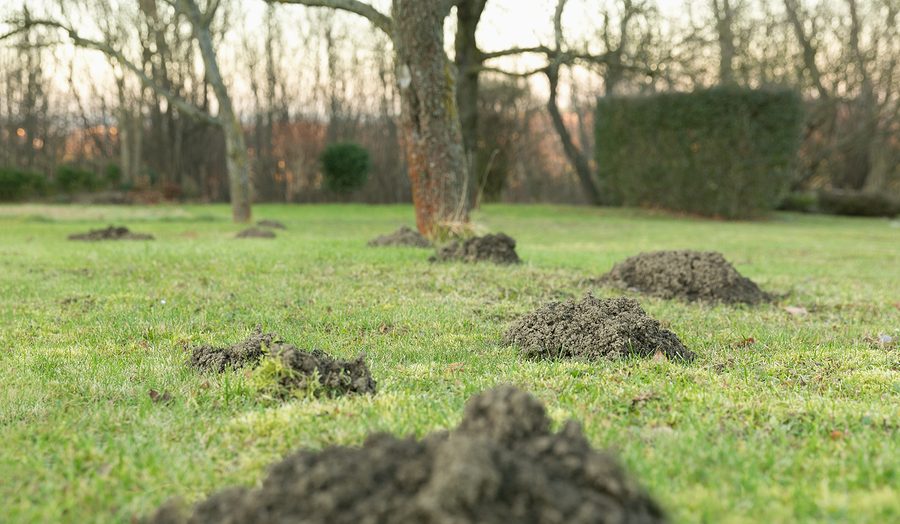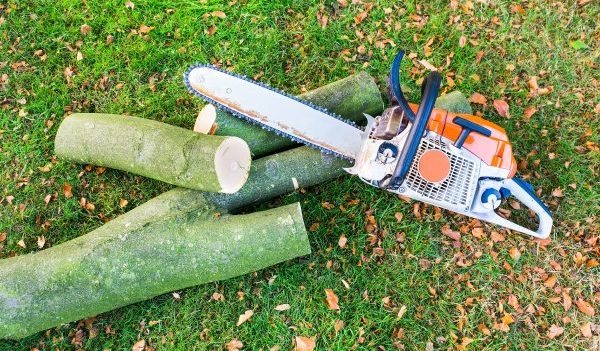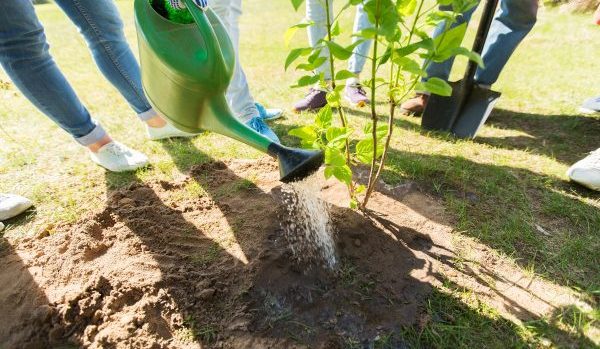Although it’s not quite storm season yet, now is the right time to start preparing our landscapes for what’s ahead. This is an especially important consideration after the recent rainfall we got in Fishers, Indiana. As for our lawns and gardens, storms will not do much damage since there is really no active growth. Furthermore, plants and grass have fast turn-over and growth cycles, which means they can quickly recover from inclement weather damage. As for trees, they are not always as resilient, especially young, recently planted, or declining trees.
Before storm season hits, be sure to implement the proper techniques to ensure your trees do not break or topple over in heavy rain or wind.

Tree Inspections
The first item on your storm season preparation list is to inspect your landscaping trees. You want to look for signs that a tree is at risk of being damaged by storm weather. This includes trees that are leaning, broken, cracked, have dangling limbs, diseased, pest-infested, unstable, uprooted, tangled in wires, located near power lines, and similar signs. See our blog, “How to Identify a Hazardous Tree” to learn more signs of an unstable or unsafe tree.
Cable and Bracing
Now that you have selected which trees seem like they might not be able to withstand the inclement weather conditions of the upcoming storm season, your next item on your agenda is to choose which strategies you will use to stabilize them. The most common tree care practice for stabilization is known as tree cabling and bracing. Not only does cabling and bracing prevent unsteady or dead trees from falling over, it can help promote tree growth in certain directions, like out of the way of power lines.
During the process, cabling and bracing hardware are installed directly on and around the tree, and then anchored to the ground. This practice still allows the tree to move naturally with the wind, but only to a limit that cannot cause any structural failures. Tree trunks, whole trees, or sections of large limbs can be cabled and braced for preventative maintenance.
Routine Tree Service
Once your unstable trees are supported and prepared to take on harsh winds and heavy rain, it is important to stay on top of routine tree service so that your trees get stronger and healthier. Regular trimming and pruning are the most effective methods for improving the health and stability of a tree. These practices also serve to improve the overall look and appeal of the tree, as well as any functions it may serve, such as shade or privacy. Talk to a trusted Fishers tree service professional for advice on how to improve the quality of your landscaping trees.
Fishers Tree Service and Removal
Call 317-537-9770 for year-round tree service in Fishers, Indiana. We are highly trained and experienced tree care contractors that offer a wide range of residential and commercial tree services at competitive prices, including storm damage tree removal, dead tree removal, tree cabling and bracing, and more. We also offer tree service coupons and discounts! Request a free estimate, today.






